Asset Transfer Letter Template for Smooth Ownership Transfer
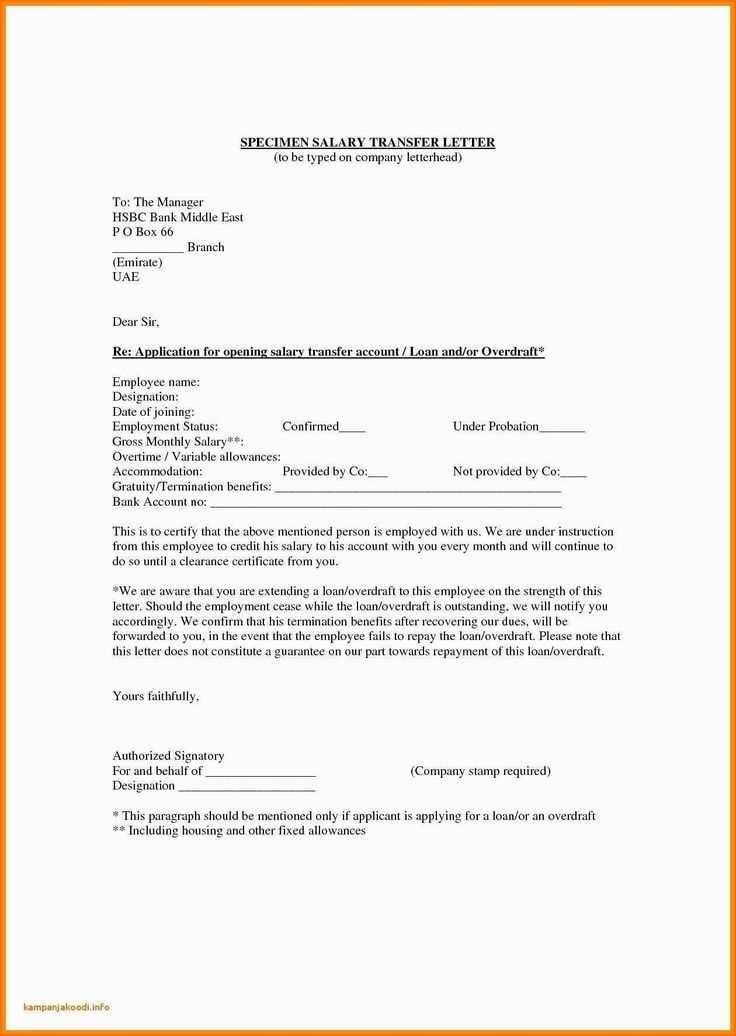
When managing the transfer of goods or property from one party to another, clear and concise documentation is essential. This helps ensure both sides understand the terms of the exchange and that all legal requirements are met. A well-prepared document serves as a formal record of the transaction, protecting both parties involved.
Having a structured framework for creating such documents can streamline the process and minimize the chances of errors. It provides a foundation to customize the content according to the specific nature of the transaction. Understanding the key components and the necessary information for each case is crucial for drafting a reliable and effective agreement.
Whether you’re handling a personal deal or a business arrangement, ensuring accuracy and clarity is important. This guide will walk you through the essential steps and considerations when preparing such a document for any type of transaction. With the right approach, you can create a professional, legally sound record that supports a smooth exchange.
Understanding the Purpose of an Asset Transfer Letter
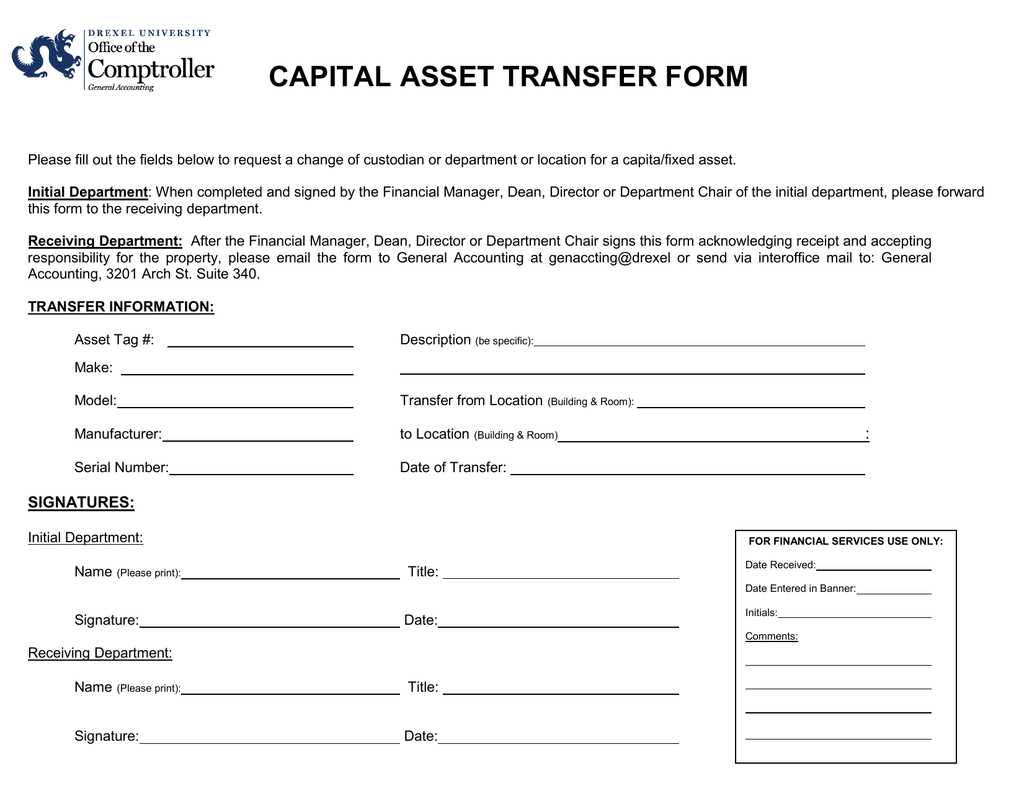
When one party hands over control of property or valuable items to another, it’s essential to document the transaction to avoid misunderstandings. This type of document serves as an official record that outlines the terms and conditions of the change of ownership. It acts as a guarantee for both the person giving up the items and the recipient, ensuring that both are on the same page legally.
By providing clear details about what is being exchanged, when it takes place, and under what conditions, this document prevents disputes. It formalizes the agreement and reinforces the trust between both parties. A well-crafted agreement also ensures that the rights and responsibilities of both individuals are clearly defined, helping to safeguard their interests throughout the process.
Essential Components to Include in the Template
When drafting a document for transferring ownership of goods, several key details must be included to ensure clarity and legal effectiveness. Without these essential elements, the document may fail to properly convey the specifics of the transaction, potentially leading to confusion or disputes later on.
Identifying Information of Both Parties
The first crucial component is the identification of both the giver and the receiver. This should include full names, addresses, and any other relevant identifying information. Clearly stating who is involved establishes the foundation of the agreement, helping to avoid any ambiguity regarding the parties involved in the exchange.
Detailed Description of the Item(s)
Next, it is important to provide a precise description of the item(s) being transferred. This includes not only the name or type of item, but also any specific identifying features, such as serial numbers or conditions. Being thorough in this section ensures that there is no confusion about what exactly is being given or received.
Terms and Conditions outlining the specifics of the exchange are equally important. This includes any warranties, obligations, or special conditions attached to the transaction. A clear understanding of these terms is vital for both parties involved in order to prevent misunderstandings down the line.
Signatures and Dates are the final necessary components, providing legal validity to the agreement. Both parties must sign the document, and the date of signing should be noted. This signifies that both have agreed to the terms, solidifying the transaction and making it legally binding.
Common Mistakes to Avoid When Drafting
When preparing a document to formalize the change of ownership, certain errors can undermine its clarity and legal effectiveness. These mistakes can lead to confusion, disputes, or even make the document unenforceable. Being aware of common pitfalls will help ensure a smooth and legally sound transaction.
Failure to Include Essential Information
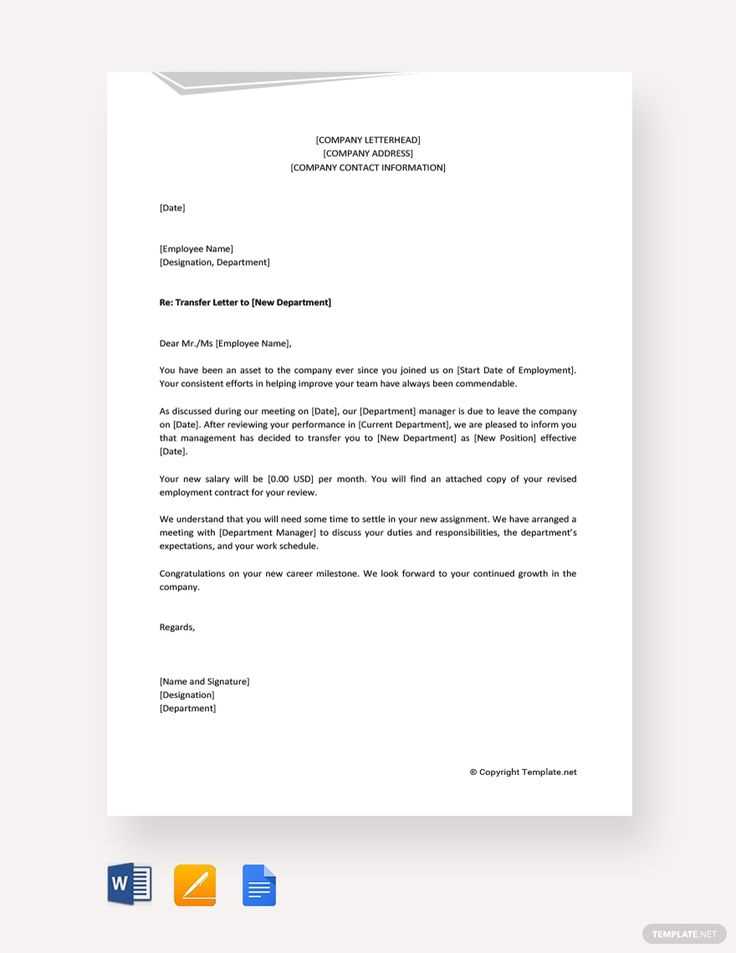
One of the most frequent errors is neglecting to include all the necessary details. Omitting important information, such as the full names of the involved parties or a clear description of the item, can cause problems later. It’s essential that both the giver and the recipient are properly identified and that the item is described thoroughly.
Inadequate Clarity of Terms
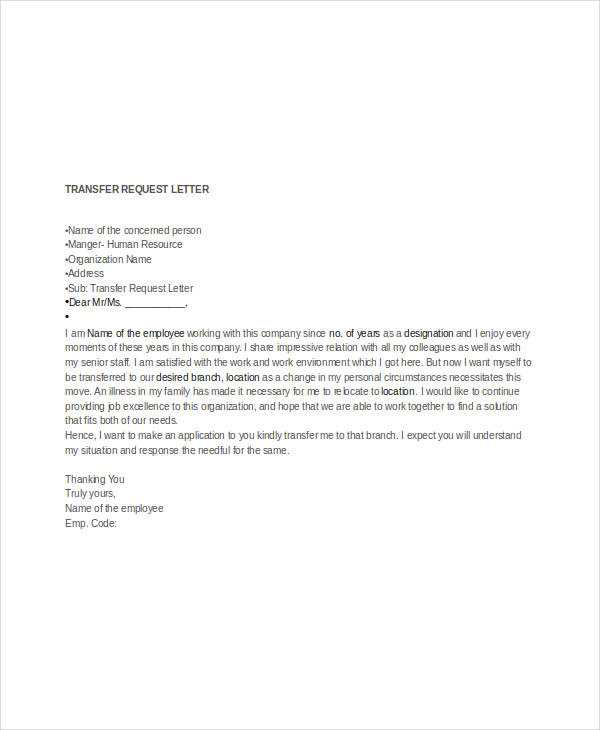
Another common mistake is leaving the terms of the agreement unclear. This includes not specifying conditions of the exchange, timelines, or any obligations that the parties must fulfill. Without these details, the document may be open to misinterpretation, making it harder to enforce the agreement if a dispute arises.
| Mistake | Consequence |
|---|---|
| Missing Party Information | Ambiguity about who is involved in the exchange |
| Vague Description of the Item | Disputes over what is being exchanged |
| Unclear Terms | Difficulty enforcing the agreement if issues arise |
By ensuring that all relevant details are included and clearly defined, you can avoid these common mistakes and create a solid, enforceable agreement for the exchange of ownership.
Legal Considerations for Asset Transfers
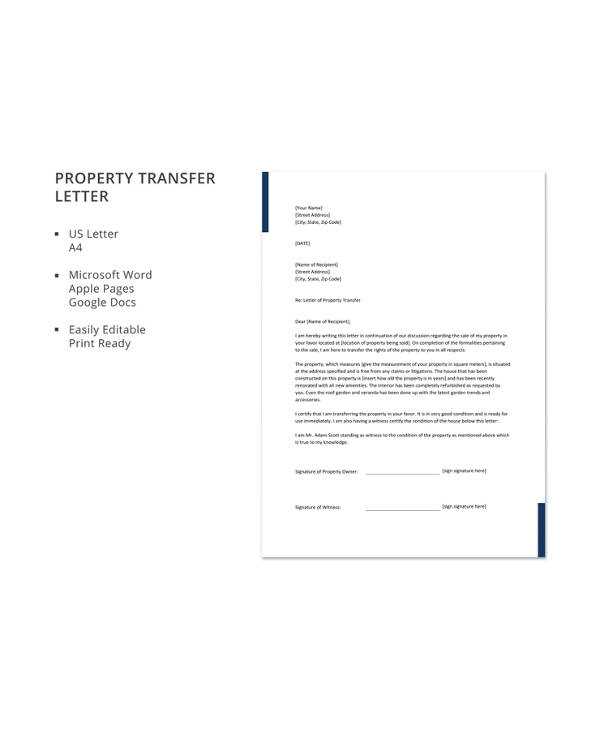
When handling the formal change of ownership, there are several legal aspects to consider to ensure the process is smooth and binding. Without addressing these factors, the document may not hold up in court or may lead to complications in the future. Understanding these legal requirements is essential for protecting the interests of both parties involved.
- Compliance with Local Laws: Depending on the jurisdiction, certain rules may apply when transferring goods or property. Ensure that the document follows the legal framework of your area to avoid issues.
- Clear and Specific Terms: Vague language can make it difficult to enforce the agreement. It’s important to outline the exact nature of the exchange, including timelines, responsibilities, and any warranties.
- Witness or Notarization: In some cases, having a witness or notarizing the document adds a layer of protection, ensuring the agreement is legally recognized and less susceptible to fraud.
Before finalizing the document, both parties should also be aware of any obligations, taxes, or fees that may be incurred during the process. For example, some goods may require tax payments or registration with government authorities to ensure the new owner’s rights are properly recorded.
- Tax Implications: Understand if the change of ownership will trigger any taxes, such as sales or capital gains taxes, depending on the value of the item.
- Clearance of Liabilities: Ensure that the property is free from any encumbrances or legal claims that could affect the new owner.
By addressing these considerations, you create a stronger, legally binding agreement that safeguards the interests of both parties and helps prevent future legal issues.
How to Customize Your Asset Transfer Letter
Customizing the document to fit the specific details of your transaction ensures it accurately reflects the terms and protects both parties involved. Tailoring the document to your needs involves adjusting certain sections to match the type of goods being exchanged and any unique terms specific to the deal.
- Adjust Party Information: Ensure that the full names, addresses, and other relevant details of both the giver and recipient are clearly stated. This is the foundation of any formal agreement.
- Specify the Item(s) Involved: Provide a thorough description of the goods being exchanged, including serial numbers, conditions, and any distinguishing characteristics that make them identifiable.
- Outline the Terms: Define the conditions of the exchange, such as payment terms, delivery expectations, or any warranties or guarantees offered. Be specific to avoid misunderstandings.
Additionally, consider customizing the document with provisions that are unique to your situation. For example, if the goods being transferred are subject to special handling or storage conditions, it’s important to include those details clearly in the agreement.
- Include Special Clauses: If there are specific conditions related to the goods or parties, such as a payment plan or return policy, make sure they are detailed in the document.
- Choose the Format: Depending on the legal requirements or preferences, you may want to choose between a formal contract or a more straightforward agreement. Both have their uses, but the right choice depends on the complexity of the exchange.
By carefully customizing the document, you ensure it serves its intended purpose, reflects the agreement made, and is legally sound for both parties involved.
Steps to Finalize and Sign the Document
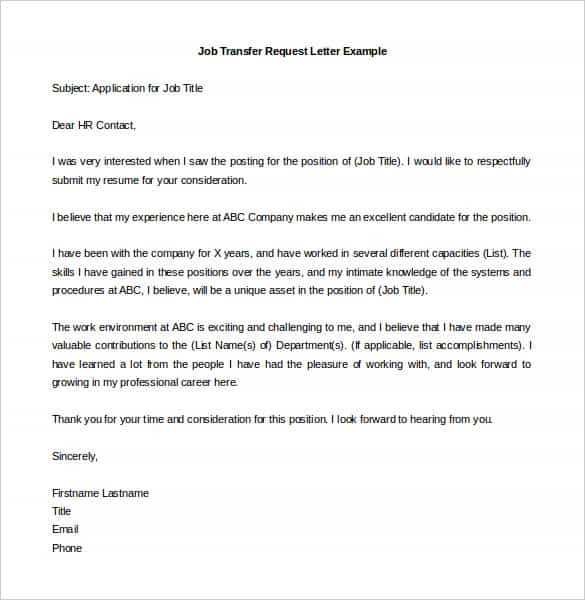
Once you have drafted the agreement and tailored it to your specific situation, the next crucial step is ensuring that it is properly finalized and signed by all parties involved. This process not only confirms the mutual consent but also makes the document legally binding. Here’s how you can effectively finalize and sign the agreement.
- Review the Document Thoroughly: Before signing, both parties should carefully read through the entire document. Check for any errors, missing information, or unclear terms. It’s essential to ensure that everything is accurate and reflective of the agreed-upon conditions.
- Make Necessary Adjustments: If any changes are required, such as correcting names, adjusting terms, or adding clarifications, ensure these adjustments are made before moving forward. Both parties must agree to these changes in writing.
- Prepare for Signing: Depending on the preference or legal requirements, the document can either be signed in person or electronically. If signed in person, make sure both parties are present and have a valid form of identification.
After reviewing and making any necessary changes, the document can be signed. This final step confirms that all parties agree to the terms and conditions outlined within the document.
- Sign the Agreement: Both parties should sign the document in the designated areas. If applicable, witnesses or a notary may also be required to add their signatures for further legal validation.
- Provide Copies: After signing, each party should receive a copy of the finalized document. This ensures that everyone has access to the official agreement for their records.
By carefully following these steps, you can ensure that the document is fully executed and legally binding, providing protection for both parties involved in the exchange.